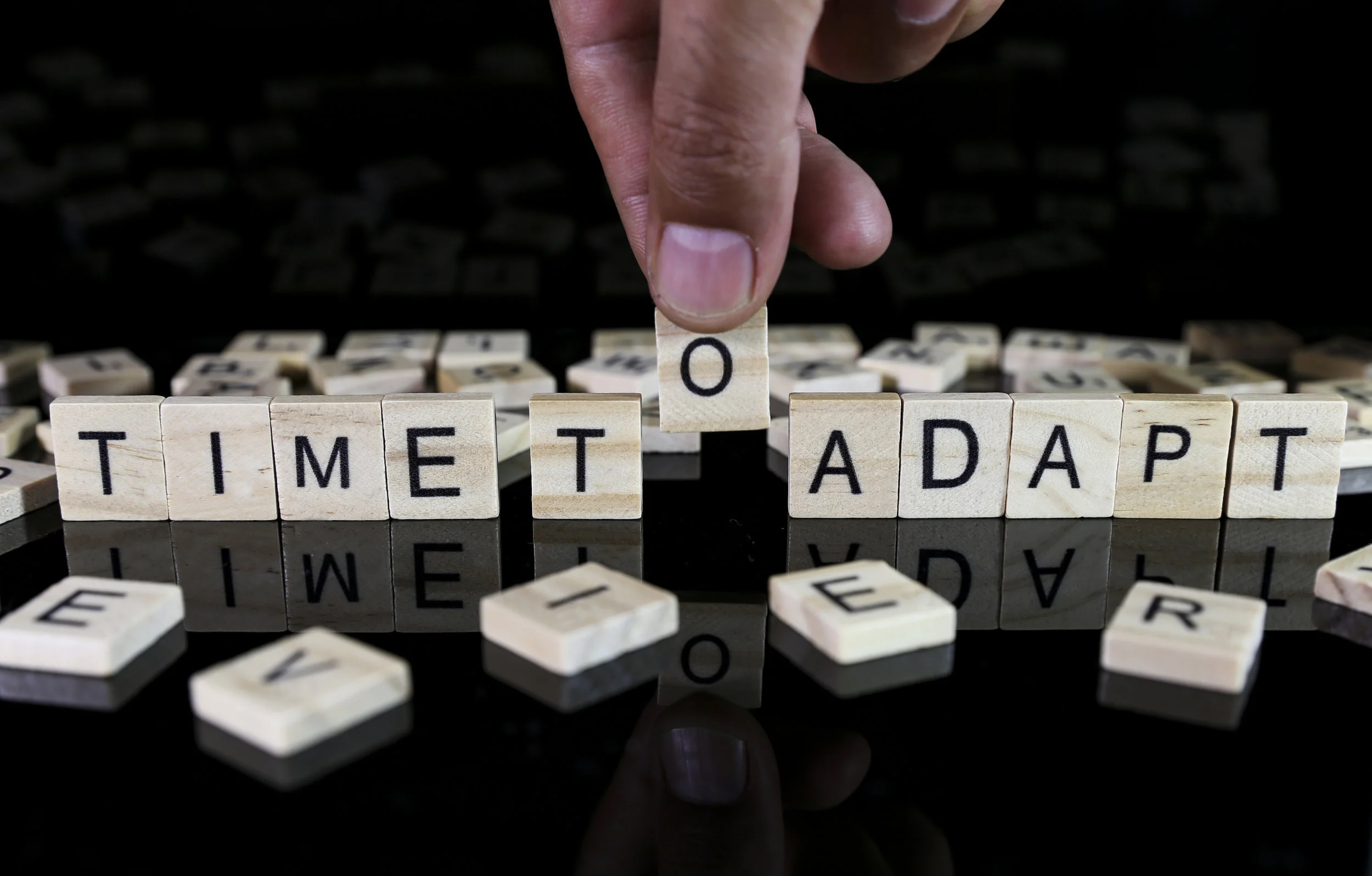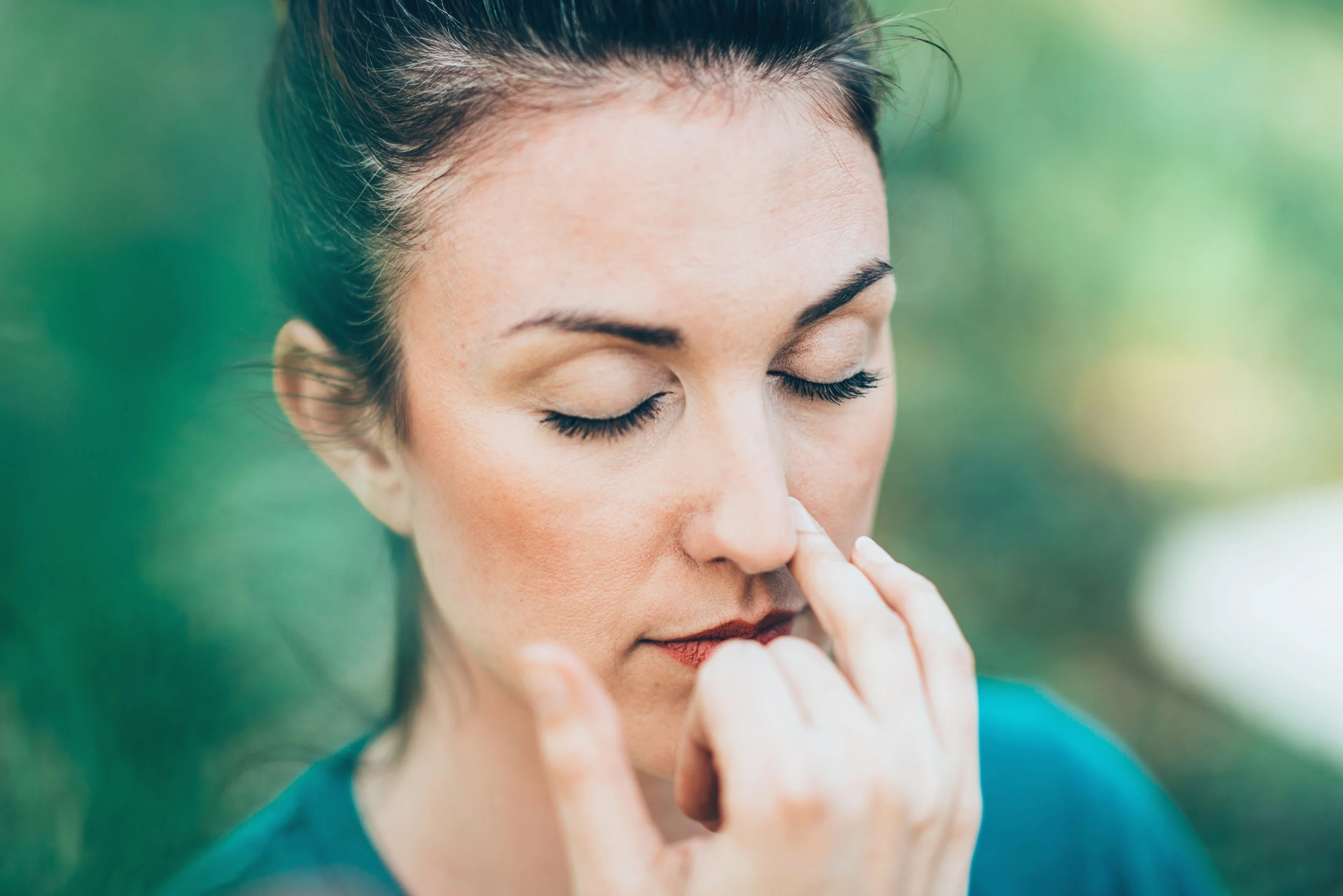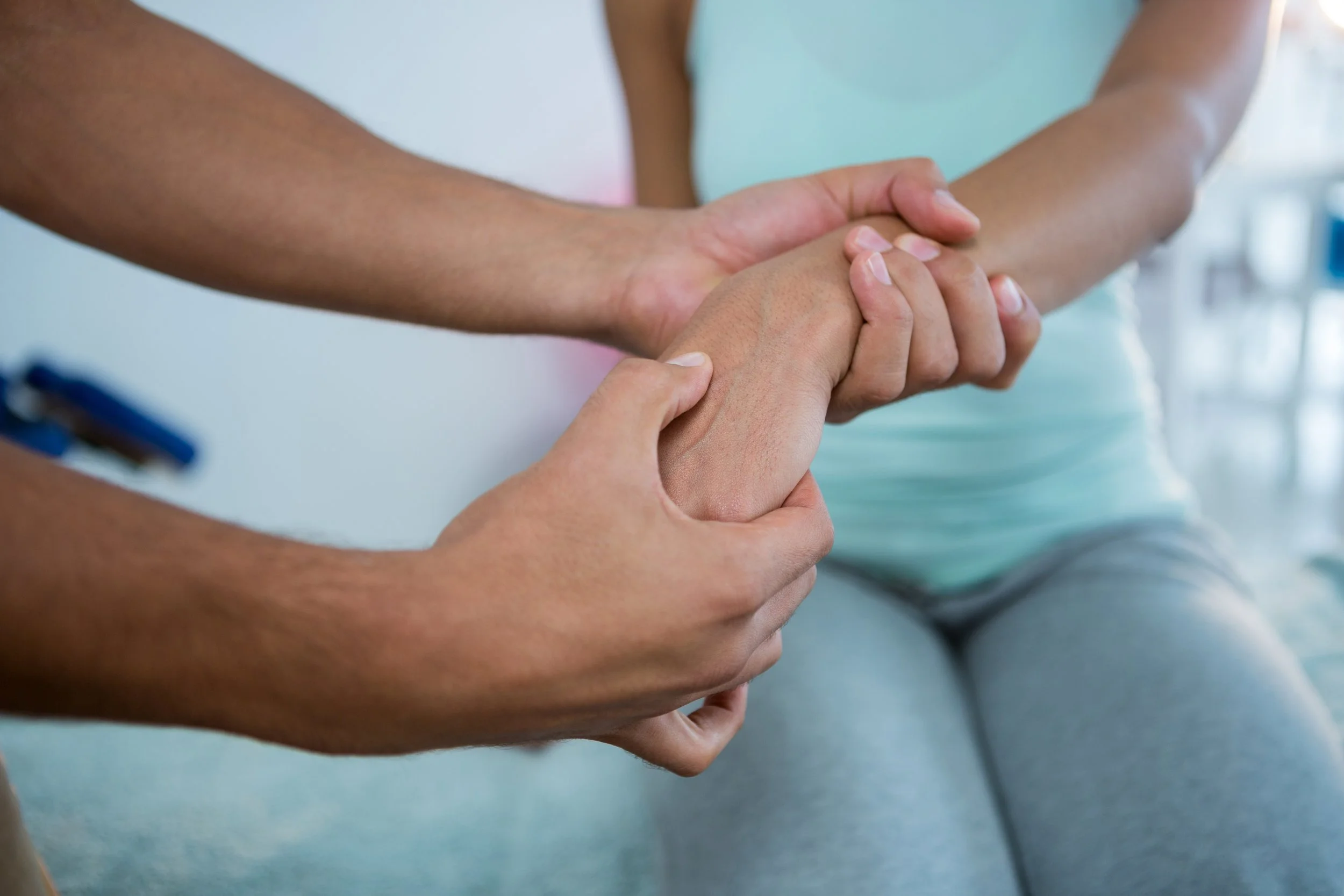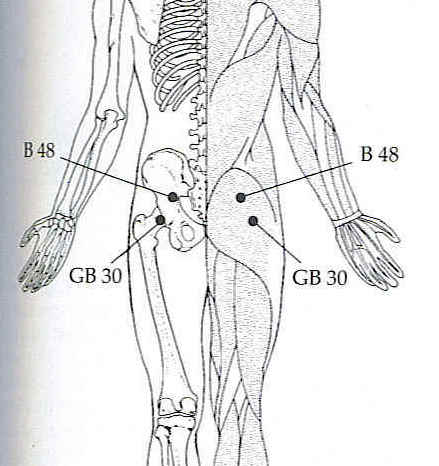Floatation Therapy: What to Expect When You Float
/About 30 minutes into my 60-minute session, I was so relaxed I couldn’t tell if I was still breathing. Every once in a while, I’d have to remind myself that I had a body. Seriously.
I’m an eager guinea pig. When it comes to wellness-related stuff, I’ll try anything. If a friend swears by it, I’m in. I always learn something – even if it it’s “ummm … this is not for me.”
(My timing can be a little off, though. Case in point: trying a neti pot for the first time on my honeymoon.)
So when my sister told me how much she loved floatation therapy, I decided to try it. I had no idea there are so many float tank centers out there! I chose one nearby, a full-service spa where I could get a microdermabrasion facial after my float. (I should have scheduled the facial after the float – I’ll explain why in a minute.)
So if you’re curious about floatation therapy, here’s what to expect. You’ll spend 30 to 60 minutes submerged up to your chin (with your ears under water) in a tank of salt water that’s exactly 98.6 degrees (the same temperature of your body). It’ll be totally dark and totally quiet (unless you decide to have gentle music piped in). The idea is to drastically reduce environmental stimulation: temperature, touch, sight, sound – even gravity.
MENTAL BENEFITS
My Float.
About 30 minutes into my 60-minute session, I was so relaxed I couldn’t tell if I was still breathing. Every once in a while, I’d have to remind myself that I had a body. Seriously. You know that deep, heavy, effortless relaxation that you drift into right before you fall asleep? It was like that – only I never fell asleep. I hovered in that semi-conscious, in-between space. It was delicious.
That much said, the first 30 minutes were rough. I’m not claustrophobic, but I panicked when the lid came down over me. I felt like I was being buried alive. I’m not afraid of the dark, but the darkness spooked me. I kept opening and closing my eyes in the darkness. I love being in water, but at first I was flailing. The warm salt water was pleasant, but I couldn’t tell where my body ended and the water began. I know that’s the whole idea, but it freaked me out. I couldn’t get comfortable. My neck ached. My breathing was shallow and fast. I was a mess!
The key was surrender. I reminded myself to breathe. I slowed down my breath with simple pranayama, deepening each exhale. After a while, I calmed down. Slowly, slowly, I began to feel the weightlessness that float addicts rave about … it truly was a blissful out-of-body experience.
The Science.
Float tanks screen out nearly all external stimuli, giving your nervous system a break. It’s estimated that 90% of your brain function is spent dealing with environmental stimuli: everything you see, smell, taste, touch, and hear … all that stuff that’s busying your brain without you even knowing it. Studies have shown that when sensory stimuli is removed, your senses have less to process, and your mind is free to relax in a deep state of calm. It’s a powerful setting for meditation.
Here’s where it gets interesting: when the brain is deprived of external stimuli, sometimes it creates its own. This can result in the often-reported hallucinatory effects of floatation therapy. Some people report light dancing behind their eyelids; others hear a ringing in their ears or even music.
PHYSICAL BENEFITS
My Float.
When I got out of the tank, I felt like an alien taking her first steps on Earth. All those sensations that had been quieted were now very loud. The dim lights in the room were glowing magically. The sound of the water sloshing in the tank was tinkling in my ears. The firm pressure of the floor beneath my feet was like a massage. As I dried off with a super-soft sheet, my skin prickled and tingled and my muscles came back awake with fresh exuberance. It astonished me. I wondered how long this high would last.
Turns out, it lasted right up until the microdermabrasion started. It was a great facial, but I was literally gritting my teeth the whole time. With all my senses on fire, the “sanding” of my skin was almost excruciating. By the time I checked out and got back on my bicycle, that blissful otherworldly feeling I had when I rose from the tank was completely gone.
The Science.
Some argue that deep muscle relaxation and other physical sensations experienced in floatation therapy is due not to the tank or the sensory deprivation but to the magnesium salt solution of the water. (Think of the way an Epsom salt bath soothes aching muscles, and then multiply that times 10.)
As a holistic health treatment, athletes and people with minor physical injuries use floatation therapy to speed up the healing process and promote tissue regeneration. There’s also evidence that transdermal magnesium absorption promotes detoxification, stimulates hydration, relieves joint pain, and improves respiration.
THE VERDICT
Yay or Nay?
YAY! Floating was intense – more so than I thought it would be. It was an exploratory experience. I plan to try it again – my sense is that you need to try several floats before you know if it’s for you.
Tips & Tricks.
Follow your breath to calm yourself as soon as you get in the water. Use slow, deep breaths – especially on the exhale – to ease out of any mental anxiety or physical discomfort. And don’t schedule anything after your float – give yourself plenty of peaceful, uninterrupted, sensory-soft time to enjoy the effects.
This article originally appeared on booksforbetterliving.com and was written by KIRA ROARK.











![Self-regulation “control [of oneself] by oneself"](https://images.squarespace-cdn.com/content/v1/55563e14e4b01769086817cb/1542845645966-PO2HGKF5JLUBM45UIWQ3/wee-lee-790761-unsplash.jpg)





















